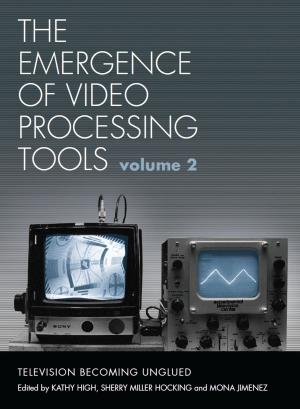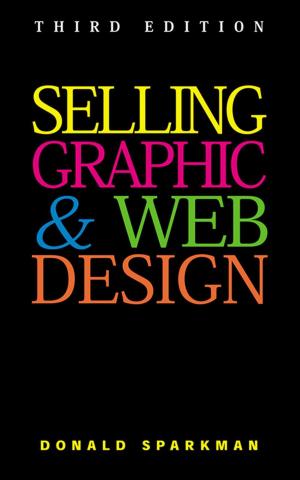Design Languages
Nonfiction, Art & Architecture, General Art, Graphic Art & Design, Furniture Design, Criticism, General Design| Author: | Stefano Caggiano | ISBN: | 9786050406474 |
| Publisher: | Stefano Caggiano | Publication: | August 19, 2015 |
| Imprint: | Language: | English |
| Author: | Stefano Caggiano |
| ISBN: | 9786050406474 |
| Publisher: | Stefano Caggiano |
| Publication: | August 19, 2015 |
| Imprint: | |
| Language: | English |
Most of the people who work in the field attain an implicit knowledge of design languages through exposure to design discourse, that is to say, to the ecosystem comprised of products, companies, showrooms, trade shows, events, exhibitions, magazines, and blogs that deal with design. And just as there is no need to study grammar in order to speak effectively, so too can one learn to “speak” design proficiently without necessarily studying its “grammar.” Yet, as more and more people enter the field of design, the bar is raised in terms of the skills required to be groundbreaking in design field—both from a cultural and from a market perspective. Direct exposure to the evolution of objects remains fundamental to work within the design system, but passing from an empirical to a strategic knowledge of design languages requires a specific understanding of the ways in which the different aesthetics embodied in objects refer to the cultural meanings underlying them. With this in mind, this book aims to provide a guide to the “grammar” of design languages, with an emphasis on the contemporary scene. It cannot and in no way intends to replace direct exposure to design languages. Instead, it tries to make explicit the aesthetic-cultural pivots of such languages and thus aid design professionals in their passage from being merely familiar with the aesthetics of objects to being able to understand and use such aesthetics strategically.
Most of the people who work in the field attain an implicit knowledge of design languages through exposure to design discourse, that is to say, to the ecosystem comprised of products, companies, showrooms, trade shows, events, exhibitions, magazines, and blogs that deal with design. And just as there is no need to study grammar in order to speak effectively, so too can one learn to “speak” design proficiently without necessarily studying its “grammar.” Yet, as more and more people enter the field of design, the bar is raised in terms of the skills required to be groundbreaking in design field—both from a cultural and from a market perspective. Direct exposure to the evolution of objects remains fundamental to work within the design system, but passing from an empirical to a strategic knowledge of design languages requires a specific understanding of the ways in which the different aesthetics embodied in objects refer to the cultural meanings underlying them. With this in mind, this book aims to provide a guide to the “grammar” of design languages, with an emphasis on the contemporary scene. It cannot and in no way intends to replace direct exposure to design languages. Instead, it tries to make explicit the aesthetic-cultural pivots of such languages and thus aid design professionals in their passage from being merely familiar with the aesthetics of objects to being able to understand and use such aesthetics strategically.















